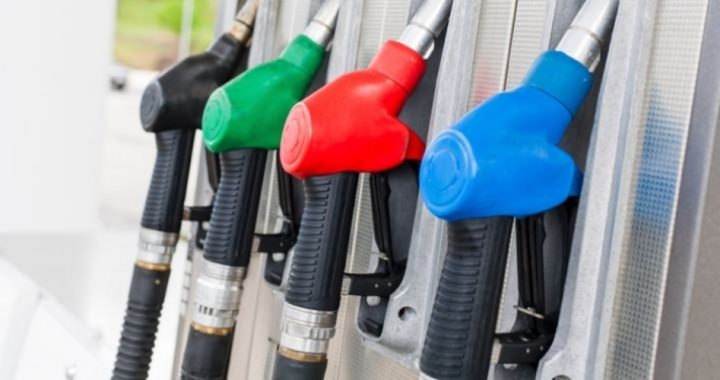
“It’s not for us to declare on behalf of the Vienna agreement [the OPEC production-cut agreement in force since January 2017] that it is ‘mission accomplished’, but if our outlook is accurate, it certainly looks very much like it,” said the International Energy Agency (IEA) last week. Those production cuts, aided by the rolling disaster in Venezuela that continues to take crude oil production off the world market, have, according to the IEA, brought down the world’s crude oil stocks within shouting distance of OPEC’s goal: the five-year average of those stocks.
Compliance among members of the OPEC cartel and its friends (including Russia) has been extraordinarily high, with Saudi Arabia helping things along by cutting its own production far more deeply than the agreement called for.
U.S. production, estimated to approach 11 million barrels a day by the end of the year (twice what it was just seven years ago), has been unable to match the production cuts and worldwide demand, which has greatly surprised to the upside.
Add in concerns that on May 12 the president of the United States will decide to reimpose sanctions on Iran — a deal he called “the worst deal ever negotiated” — that would take another 400,000 to 500,000 barrels a day off the world market, and prices for crude oil are approaching $70 a barrel. That’s up 60 percent since last summer, and up from $26 a barrel touched briefly in February 2016.
OPEC’s alleged success in accomplishing its objective now puts the cartel into a sticky spot: In June it meets to determine whether to extend the agreement when it expires at the end of the year, or to continue it into 2019. The prime mover of OPEC, Saudi Arabia, has made no bones about its ultimate objectives: force the price of crude above its own budgetary breakeven point — $85 a barrel — and then even higher, perhaps to $100 a barrel. At that level Saudi’s Crown Prince Mohammad bin Salman could sell part of Aramco for enough to fund his ambitious plan, Saudi Vision 2030, to wean his country off oil.
In the short run, U.S. drivers are going to pay more for gas on their summer vacations, but nothing like the $4 a gallon they were forced to pay back in 2008. In the long run the economic benefits of higher oil prices, if they stay around $70 a barrel, are significant. Especially positively impacted are Texas, Oklahoma, North Dakota, and Pennsylvania.
In fact, the growth of the development of the Permian Basin — North America’s largest reserves beneath West Texas and southeast New Mexico — has been so aggressive that temporary bottlenecks have slowed its production. Specifically, pipelines running at capacity are limiting transport of crude to refineries, while skilled workers are increasingly hard to find.
In addition, growing global demand has exceeded, for the moment at least, the U.S. frackers’ ability to keep up. So OPEC is no doubt rejoicing in its ability, through its production cuts, to eliminate the surplus crude oil held in oil field tanks, salt mines, and sea-going tankers. But OPEC’s ability to keep oil at $70, much less push it higher, is very likely limited. Venezuela’s implosion cannot last forever (its oil company PdVSA can be quickly brought back online under a new more market-oriented administration when Maduro is replaced) and those bottlenecks in the Permian will shortly be resolved.
In the long run, as long as crude oil is demanded as a primary energy supply around the world, the United States will remain the dominant player.
Photo: Clipart.com
An Ivy League graduate and former investment advisor, Bob is a regular contributor to The New American magazine and blogs frequently at LightFromTheRight.com, primarily on economics and politics. He can be reached at [email protected].



